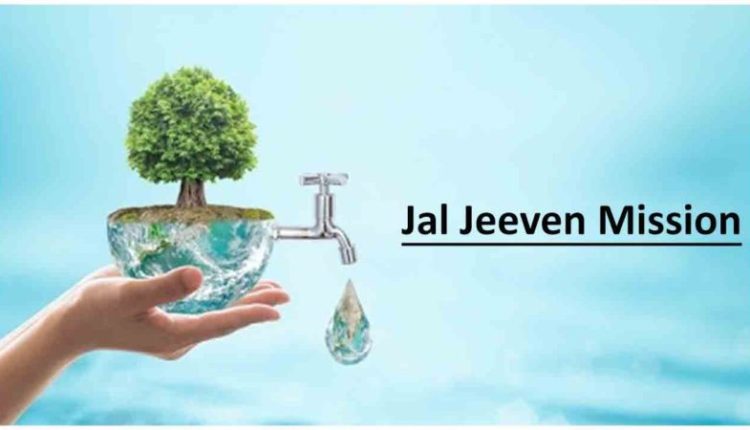
Punjab has set the target to provide household tap water to all rural households by 2022. The State has also planned to enable 7.60 lakh household connections in the 2020-21. Under Jal Jeevan Mission, the State is working towards improving the lives of the villagers, particularly women & children and giving them a better quality of life.
Jal Jeevan Mission (JJM), the flagship programme of Union Government is under implementation in partnership with States, aims to provide Functional Household Tap Connection (FHTC) to every rural home by 2024. The mission will enable every rural household assured availability of potable water at a service level of 55 litres per capita per day (lpcd) and of prescribed quality on regular and long-term basis.
‘Takhni SVS’ scheme based in Takhni village in Kandi area of Hoshiarpur district has a good Single Village Scheme. It’s a groundwater-based SVS commissioned in June 2020 and provides tap water connections to all 165 households in the village as well as to schools and anganwadis. A special feature of the scheme is that is supplies water to around 40 households situated at higher elevation where water is lifted through booster pumping. Households at higher elevation received potable water of sufficient quantity after 40 years through this scheme. Community surveillance of water quality is being done using Field Test Kits for testing of basic water quality parameters. GP Water & Sanitation Committee (GPWSC) fully operates and maintains the scheme. The GPWSC collects a tariff of Rs 150 per month from every household that fully covers the monthly O&M expense. This is the soul of Jal Jeevan Mission as people to shoulder the responsibility of building and managing in-village infrastructure for its long-term sustainability.
Tana and Naulakha villages are also a good example of community participation for planning, implementation and operation and maintenance of a single village water supply scheme following the ethos of Jal Jeevan Mission. GPWSC has been formed five years back and is functioning efficiently. In both the schemes GPWSC comprises of more than 50% women in its composition and all the villagers are actively participating in the village development works. The water supply scheme in the village has been so designed to ensure 24×7 water availability. The source is groundwater, which is pumped to an overhead tank. The operation of the pumps is automated by using level sensing technology. The running and stop of the pump are controlled by the level sensor installed in the overhead tank, thereby the involvement of the operator has been reduced. The operator has been engaged in activities like meter reading, revenue collection and mitigating customer grievances. The design of the water supply system in these two villages is done in such a way that water from the overhead tank flows to the rooftop tank of an individual household, thereby maintaining the pressure of water at the farthest household of the village. Every rooftop tank of the household is fitted with a float valve, which prevents overflow of water and thereby wastage of water. Also, the household tap is connected to the rooftop tank for daily use, which ensures availability of water for the household throughout the day and also pressures in the system to transfer water to the furthest rooftop tank.
Punjab has its policy to collect community contribution for drinking water supply projects, which is collected by Gram Panchayat. As a policy, new water supply works are taken up only after the entire community contribution has been collected and deposited in the bank account of Gram Panchayat Water & Sanitation Committee (GPWSC). The logic behind is to bring in the sense of ownership and pride among the local community for the water supply schemes.
Most villages in Punjab have active community participation in the Operation & Management (O&M) of schemes through the Gram Panchayat Water and Sanitation Committee (GPWSC). Out of 12,030 villages, 7,871 villages have already formed GPWSCs.
In Punjab, many of the villages have water meters installed at the household level. In some of the villages, volumetric tariffs are being charged based on the water meter reading. However, most of the villages still charge a flat tariff. Most of the water supply schemes run by GPWSCs are financially sustainable and they collect the entire O&M costs through household-level tariffs. The State now plans to emphasise on volumetric tariff; which will surely help in minimising the water wastage.
The success stories in these villages of Punjab speak volume of the role of community participation in successful implementation of government programmes.

